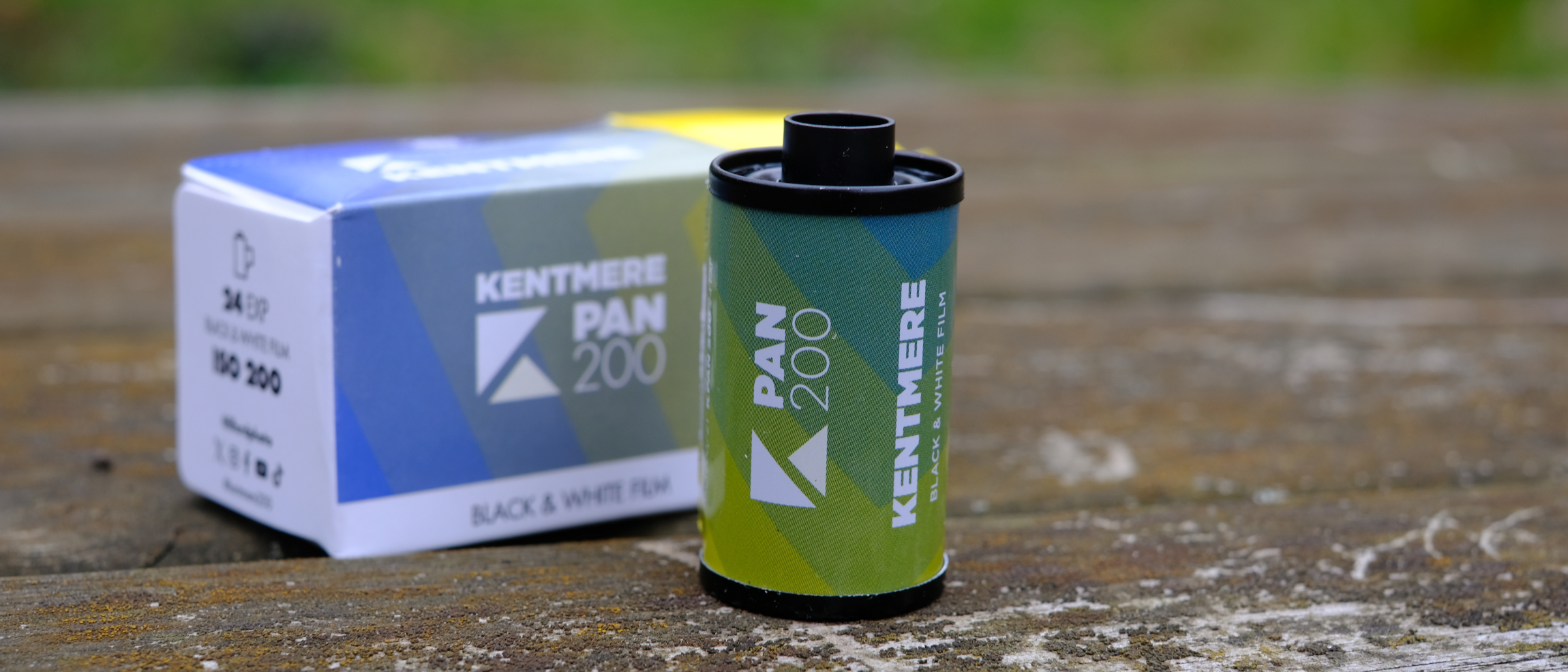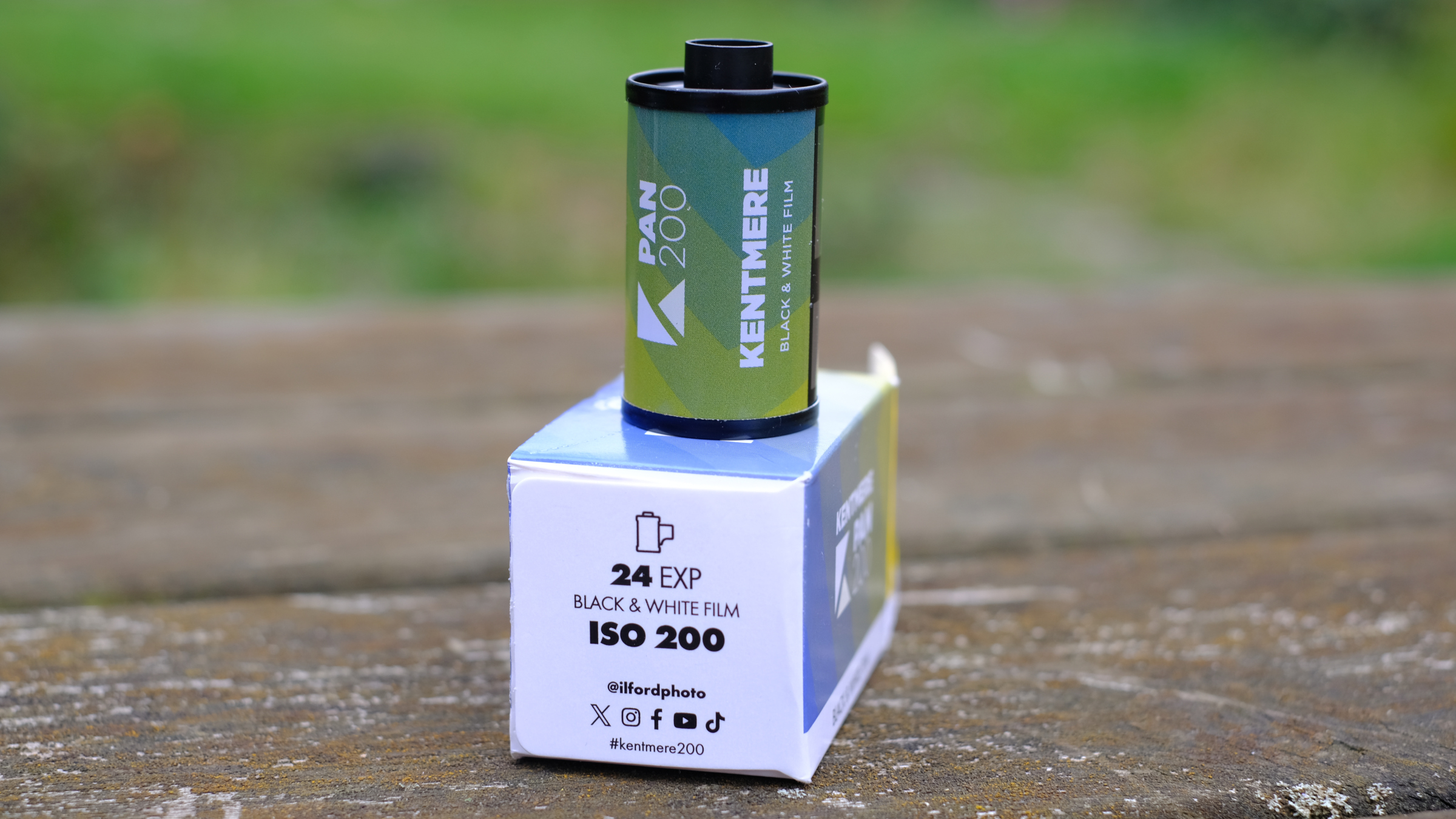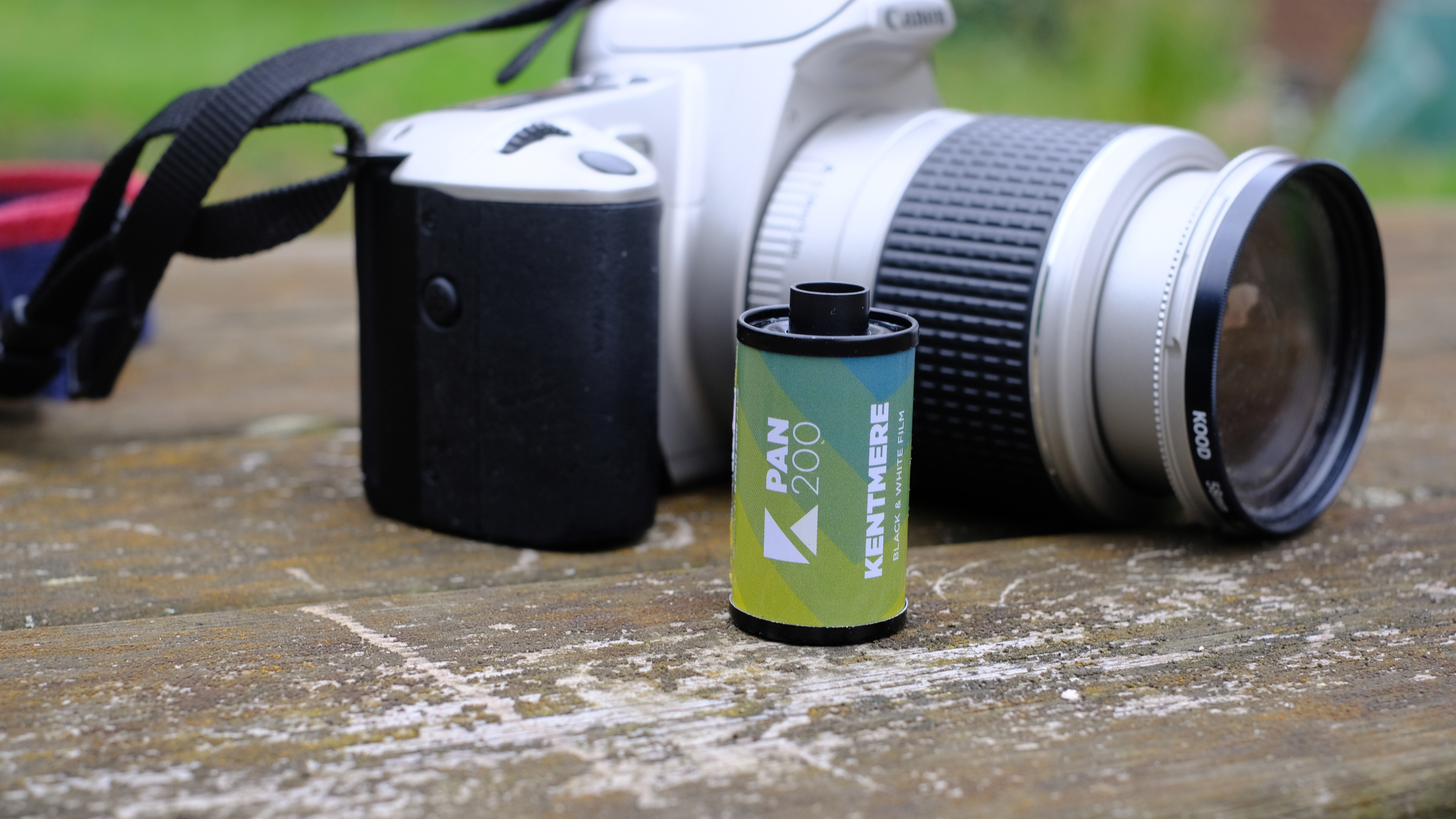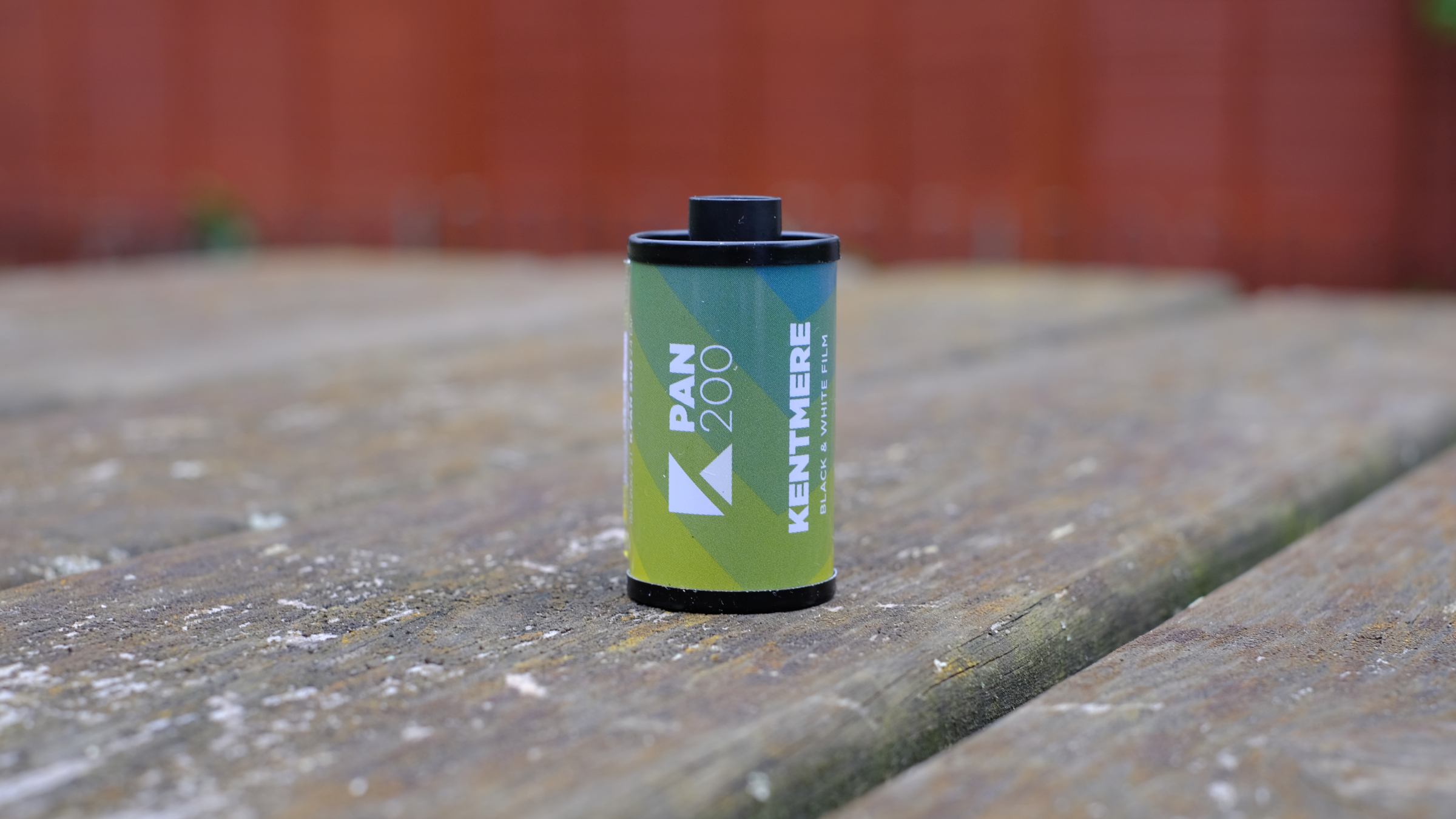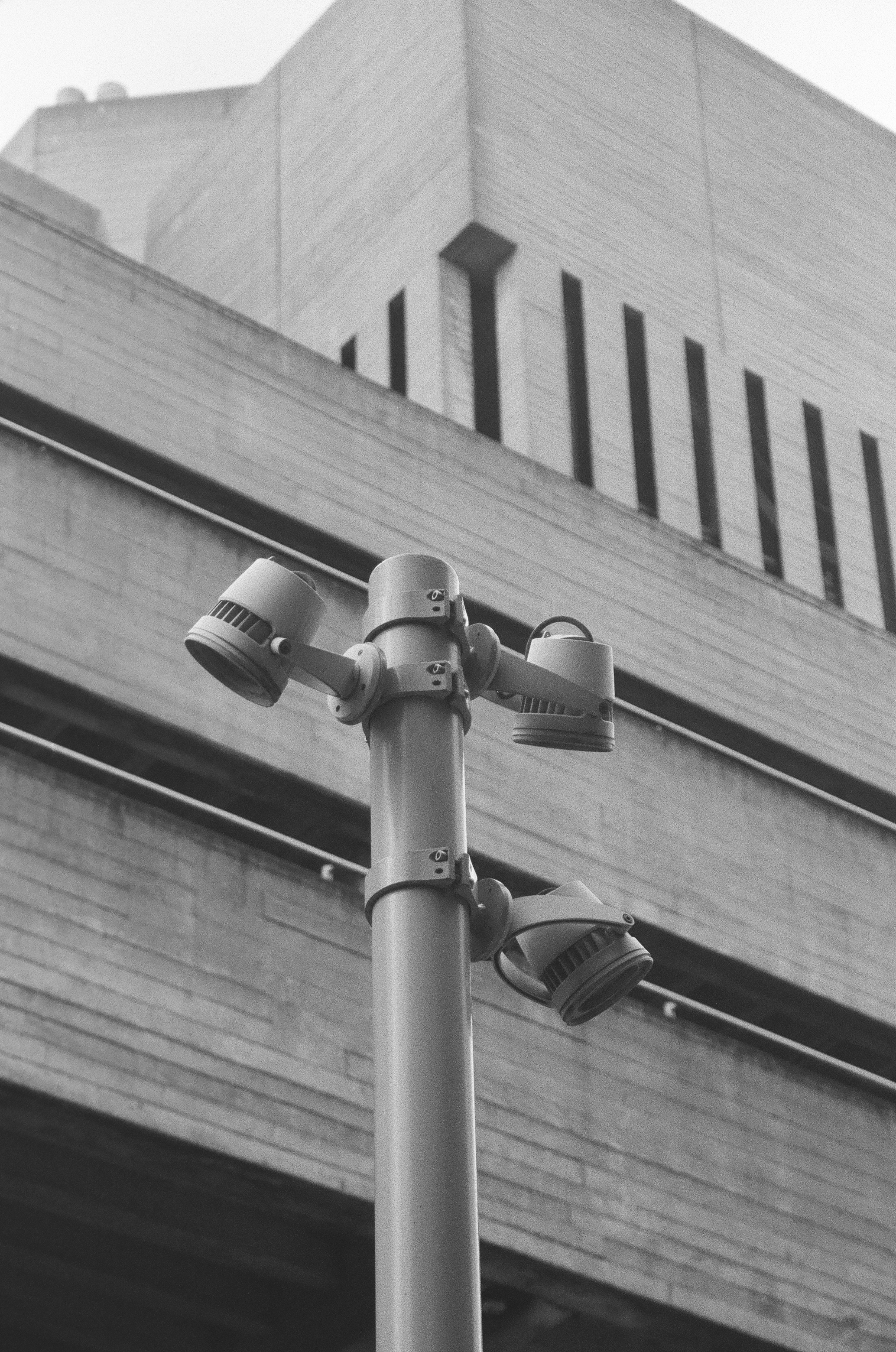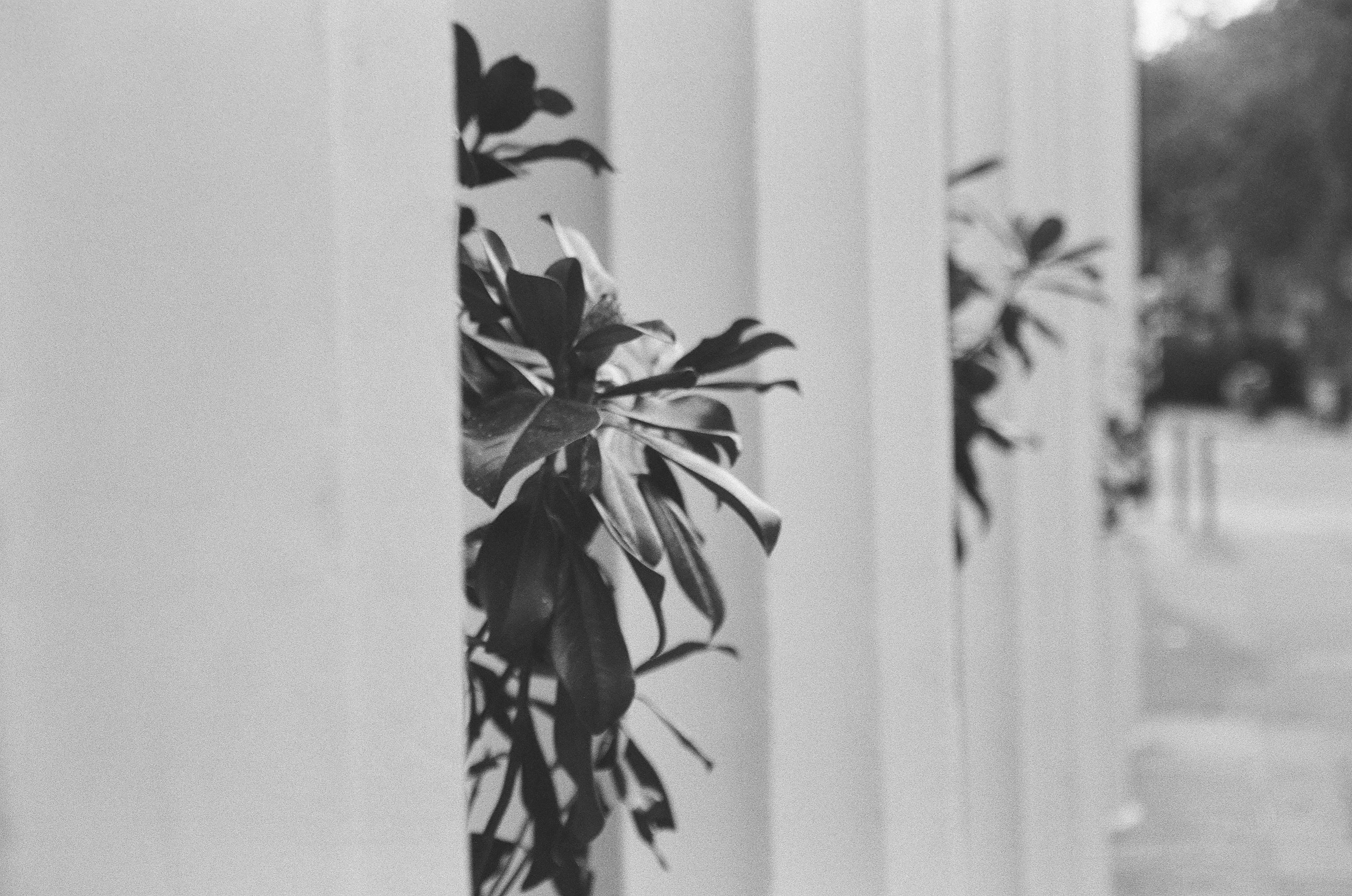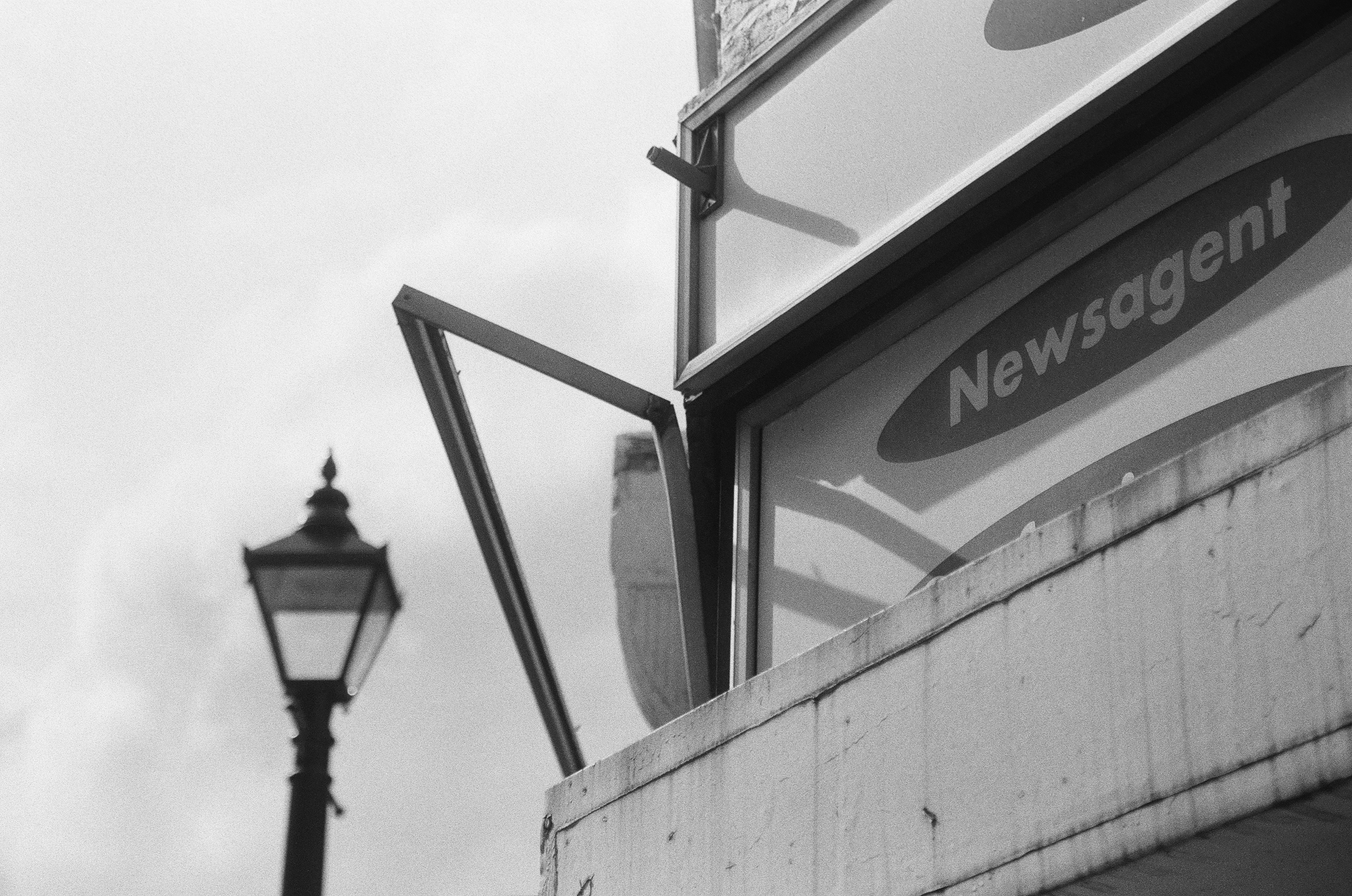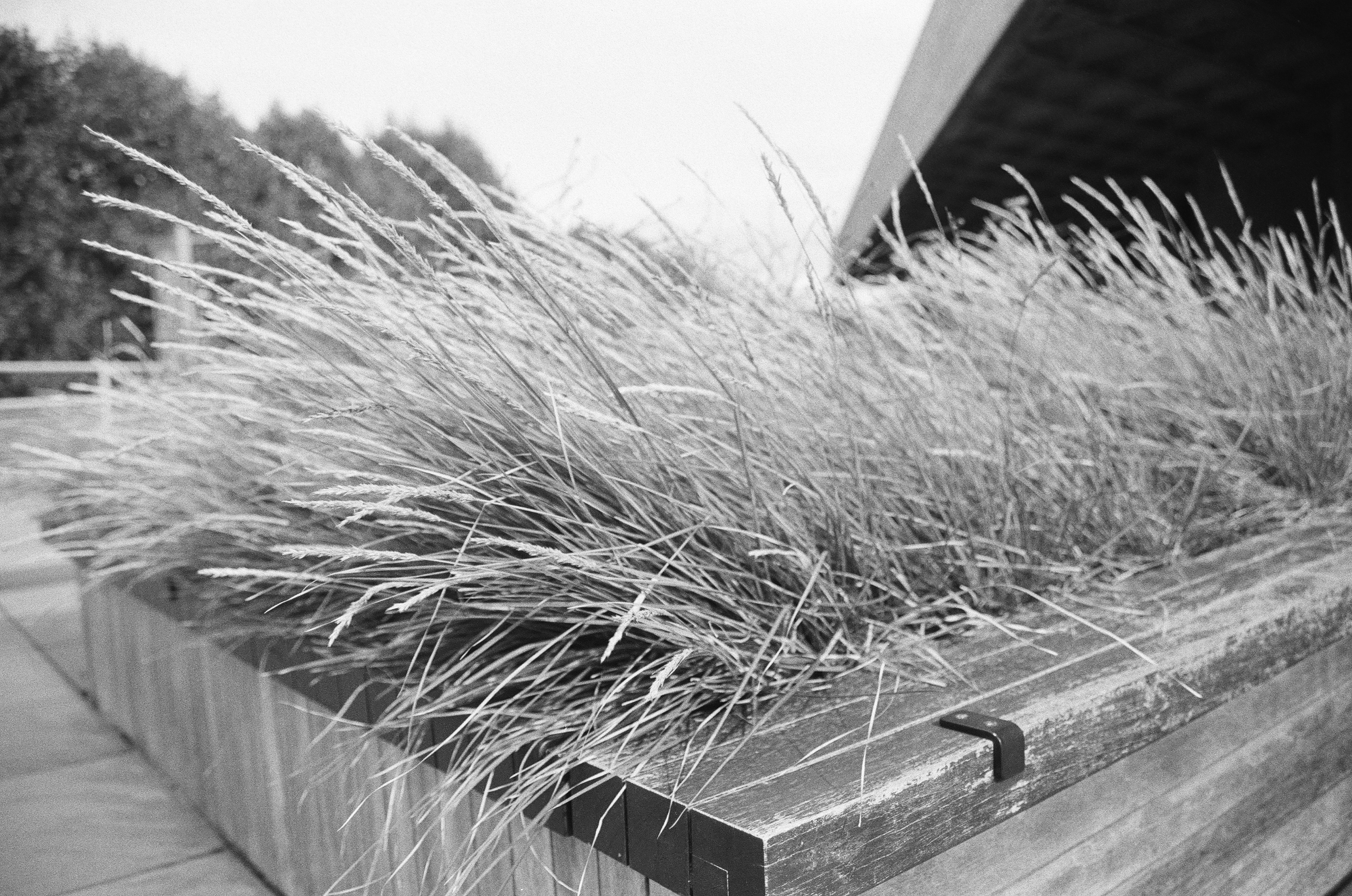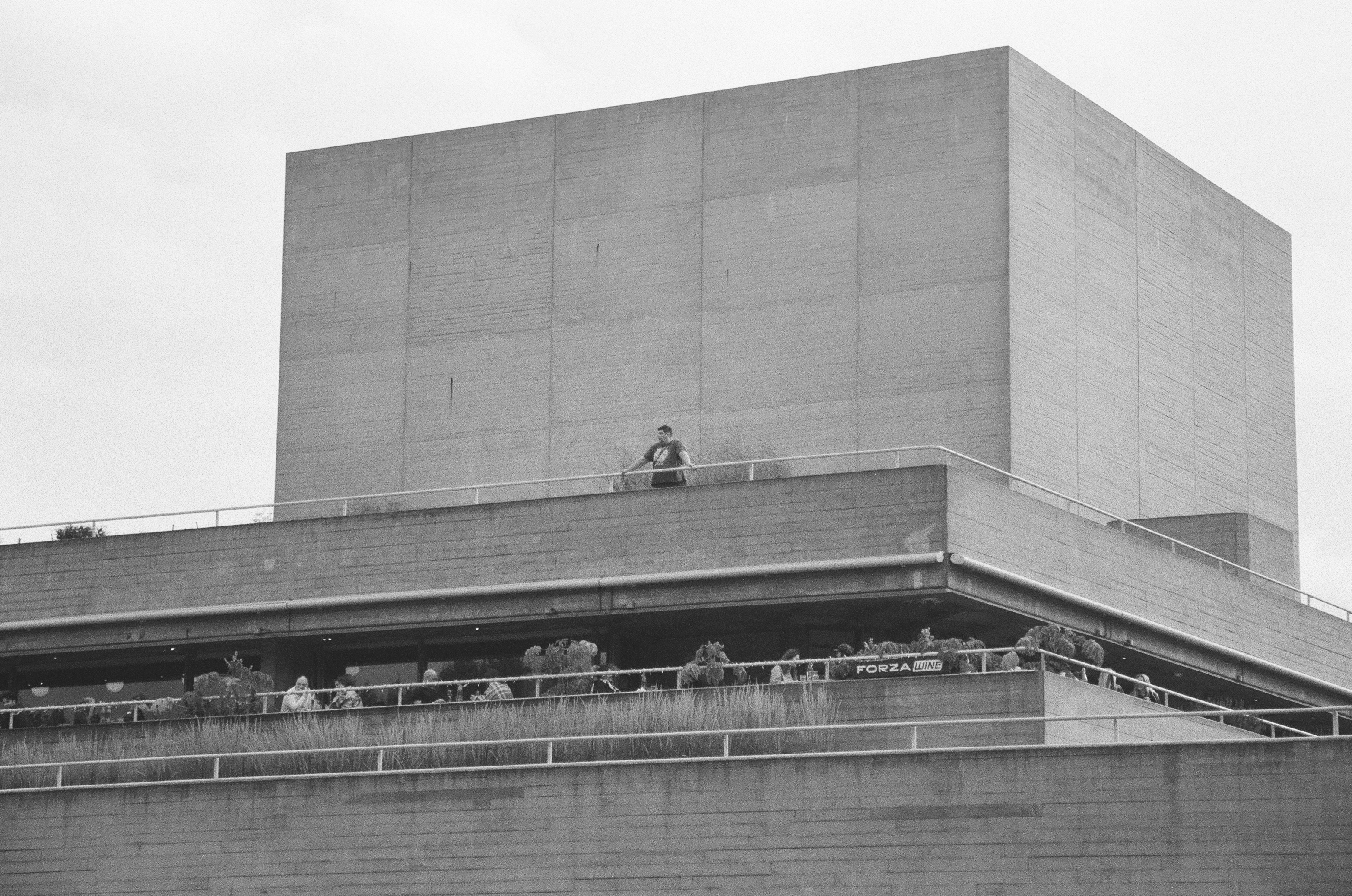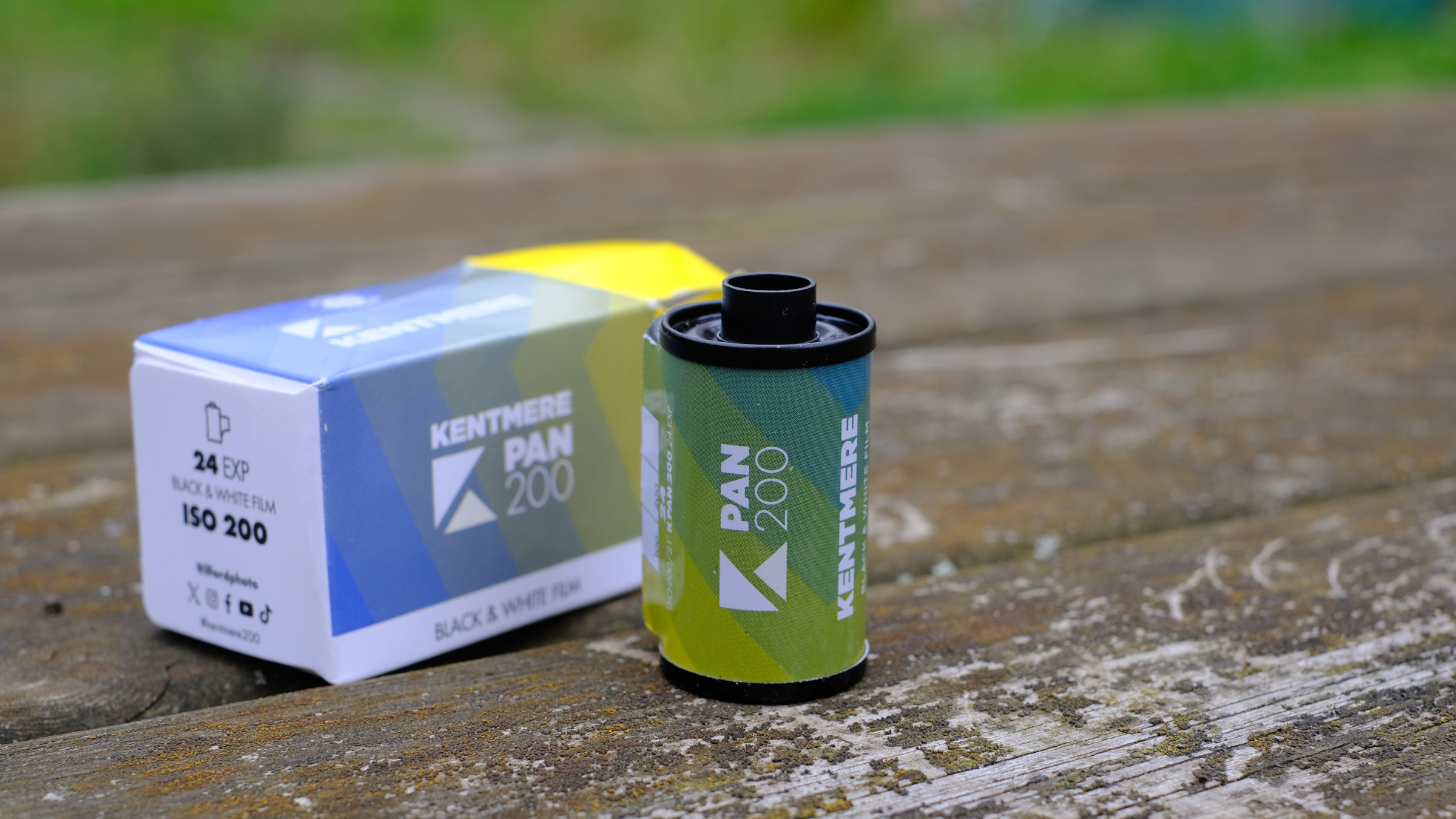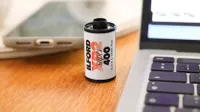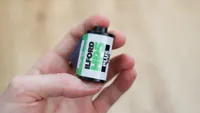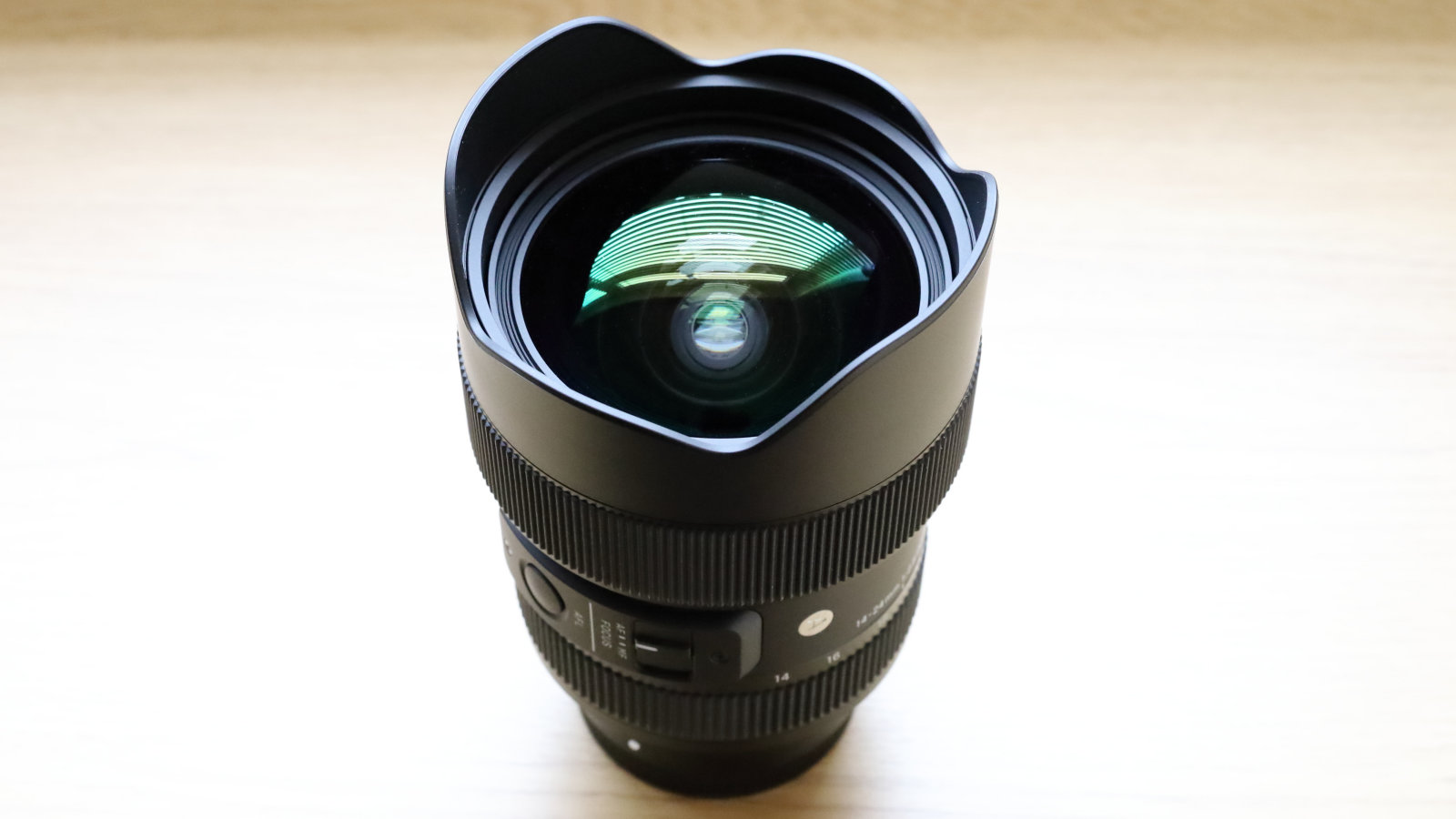Digital Camera World Verdict
Delivering greater contrast and intrigue than its 100 and 400-rated siblings, Kentmere Pan 200 is my new favorite budget B&W film. It’s cheap as chips and forgiving in its exposure latitude, meaning you should come away from your shoots with a high percentage of dramatic and memorable images.
Pros
- +
Pleasing contrast with deep shadows
- +
Nice grain texture, not overdone
- +
Tolerant to over/under exposure
Cons
- -
Less capable in low light than 400 films
Why you can trust Digital Camera World
Released in 2025, Kentmere Pan 200 is a black and white film that completes a trilogy. We’ve had Kentmere 100, an ultra-fine grained film designed for use in bright sunlight, and we’ve had Kentmere 400, a higher-sensitivity film that lets you keep on shooting when the light gets low. Now, we have Kentmere 200, which sits in between the two.
Kentmere films are produced by Harman, the company that owns black & white analog specialists Ilford, so it’s safe to say that plenty of Ilford know-how has gone into their design and manufacture. These stocks are mainly known for one thing – they’re cheap. Very cheap. You can normally pick up a roll of Kentmere for about $7/£5, making them much more affordable to shoot than any color stock you’d care to name, even when you factor in the higher expense of B&W development.
You might therefore have assumed that Kentmere films would be gritty and scuzzy as all get-out – but the 100 and 400 versions are actually rather clean, with soft contrast and fine grain. Interestingly, the marketing material for Kentmere 200 indicates that this formula has been tinkered with a little, and that this new film was specifically made to satisfy demand for a ‘more contrasty’ look.
I’ve shot plenty of rolls of Kentmere in my time (find me a budgeting film photographer who hasn’t), but this test roll of Kentmere Pan 200 was my first experience with the new stock. I was interested to see how it performed.
Kentmere Pan 200: Specifications
Brand | Harman / Ilford |
Introduced | 2025 |
Type | Black and white negative film |
Speed | 200 |
Process | B&W |
Formats | 35mm, 120 |
Kentmere Pan 200: Price & Availability
Harman hasn’t forgotten its roots, thankfully, and Kentmere 200 is as cheap as Kentmere ever was. A single roll of 35mm with 24 exposures will set you back $7.49/£5, and a roll of 120 will run you up $7/£6. As is often the case, you can also save a little cash by buying the film in bulk, though not a huge amount.
As it’s a monochrome film, Kentmere Pan 200 is developed via black and white processing, which costs a bit more than your standard C41 – though color film is so much more expensive that you’ll still come out financially ahead if you shoot Kentmere over, say, Kodak ColorPlus.
Kentmere Pan 200: Performance
I’d say that Harman has succeeded in their mission to satisfy those who prefer a more contrasty look. Kentmere 200 is noticeably more dramatic than its 100 and 400-rated siblings – I went back and compared my scans to previous rolls of Kentmere I’d shot, and the 200 has noticeably deeper blacks and brighter highlights. As someone who has often found previous generations of Kentmere to be a bit flat, this was a positive development as far as I was concerned.
The best camera deals, reviews, product advice, and unmissable photography news, direct to your inbox!
Even so, the shadows retain a strong level of detail, and the film coped well with a day of variable conditions and fast-changing light. The grain is subdued, but noticeable, giving images a pleasing level of analog texture without overdoing it. It’s perhaps less elastic in its utility than the ultra-flexible Ilford HP5 Plus, and it’s not quite as heavy as Fomapan Action films, but it strikes a nice balance between the two.
I’ve also read that the different design of Kentmere 200 compared to other two Kentmeres means a greater tendency towards halation – i.e. glowing white highlights – and I did notice a bit of pop in the brighter areas of my images.
Exposure latitude is impressive – I came away from my shoot with a high hit rate. I deliberately overexposed one image and underexposed another to see what would happen, and in truth, barely anything happened. The overexposed image was brighter and grainier; the underexposed one was murkier and duller. But both were perfectly useable, especially if one were willing to put in a bit of post-processing work. In general, the consistency between frames was excellent, and I’d recommend Kentmere 200 to anyone who’s starting out or finding their feet with film photography.
With its 200 ISO rating, Kentmere Pan 200 is a solid all-rounder that does best in daylight or decently lit indoor environments.
Kentmere Pan 200: Sample images
The following images were captured using Kentmere Pan 200 on a bright but changeable day, using a Canon EOS 300 and a 28-90mm f/4-5.6 lens. They were shot and developed at box speed, with no pushing or pulling.
Kentmere Pan 200: Verdict
Like many people, I am feeling the pinch of cost of living, and I will certainly be buying more rolls of Kentmere in the future. To be honest, I really can’t see myself buying anything other than this new Kentmere Pan 200 version. It shakes off the flat greyness of the 100 and 400 stocks, producing images with a pleasing level of contrasty drama that’s just more interesting and fun to work with.
Sure, the 100 version has less grain – but if you don’t like grain, why are you spending all this money on film? And the 400 version is more versatile in low light, but there are a lot of 400 ISO monochrome films with a lot more character that you can get for not much more money.
I’m going to go ahead and say that I think Kentmere Pan 200 is now the budget black & white film to beat. It’s cheap, it’s flexible enough to give you a high hit rate, and it delivers images with punch. What more do you want?
Should you buy Kentmere Pan 200?
✅ Buy it if…
- You’re looking to shoot film on a tight budget
- You want a flexible all-rounder for changing conditions
- You want images that feel like film
⛔️ Don't buy it if...
- You’re shooting in low light
- You want ultra-high drama and super-pronounced contrast
Alternatives
One of my perennial favorite B&W films is Ilford XP2 Super 400. Its higher ISO rating gives it plenty of low-light latitude, and it produces images with bold shadow contrast and fine grain. It can also be developed via the cheaper C41 process.
The archetypal versatile all-rounder, Ilford HP5 Plus is a little more expensive than Kentmere, but is very easy to use in just about all conditions. It delivers a very fine grain, though arguably lacks a little spice.
Jon spent years at IPC Media writing features, news, reviews and other photography content for publications such as Amateur Photographer and What Digital Camera in both print and digital form. With his additional experience for outlets like Photomonitor, this makes Jon one of our go-to specialists when it comes to all aspects of photography, from cameras and action cameras to lenses and memory cards, flash diffusers and triggers, batteries and memory cards, selfie sticks and gimbals, and much more besides.
An NCTJ-qualified journalist, he has also contributed to Shortlist, The Skinny, ThreeWeeks Edinburgh, The Guardian, Trusted Reviews, CreativeBLOQ, and probably quite a few others I’ve forgotten.
You must confirm your public display name before commenting
Please logout and then login again, you will then be prompted to enter your display name.
